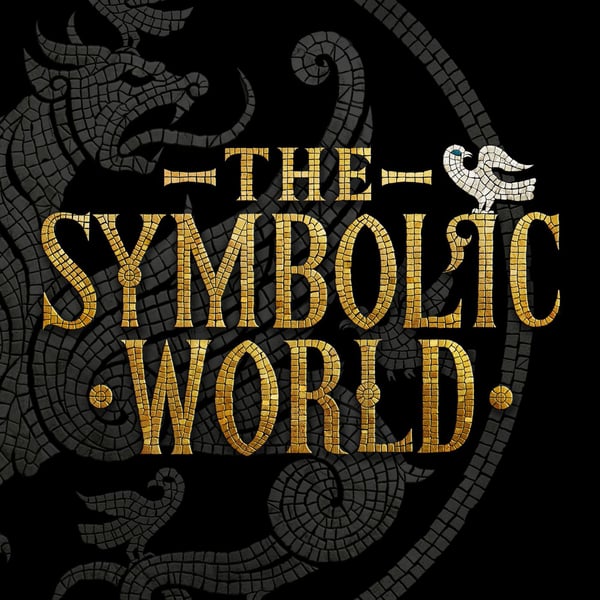122 - Why Symbolism? (Campfire Podcast)
The Symbolic World
Jonathan Pageau
4.8 • 824 Ratings
🗓️ 22 October 2020
⏱️ 56 minutes
🧾️ Download transcript
Summary
Transcript
Click on a timestamp to play from that location
| 0:00.0 | This is Jonathan Peugeot'm trying to understand this better. |
| 0:32.8 | And I'm trying to explain it to others and discuss about it and sometimes I'm having some difficulties. |
| 0:42.3 | So, and there's a couple of things. One of them is, how do you validate symbolic thinking? |
| 0:50.3 | How do you make sure that you're not just fantasizing or or letting your mind wander |
| 0:57.3 | and you're actually thinking in symbols? How can you tell? Well there are a few things. |
| 1:06.2 | One is the direction in which the symbolism is pointing, which is that if you're looking at symbolism and you're trying to find a pattern of how things are laying themselves out, then already there's less of a chance of you being in the wrong, you know, compared to when you're trying to find out this figure |
| 1:30.9 | in the revelation, you know, which emperor does it represent or with, you know, when there's that, |
| 1:37.1 | the type of symbolism I'm talking about is not the type of symbolism that is a one-for-one |
| 1:41.7 | symbolism that is, you know, where you have an image, kind of like |
| 1:46.0 | a good example of that would be, let's say, C.S. Lewis, where C.S. Lewis has a lion, |
| 1:52.5 | Aslan, and that lion represents Jesus. Right. So that's not true symbolism. I mean, |
| 1:59.0 | there is some true symbolism, let's say, and maybe in the way he uses it, but that's not true symbolism. I mean, there is some true symbolism, let's say, and maybe in the way he uses it. |
| 2:02.3 | But that's not true symbolism in the sense that true symbolism is based on the qualities of the thing itself and how they come together, how you know that something is something, how you know that it has unity. |
| 2:16.9 | And the way that it lays itself out, that's when you start to see. |
| 2:20.3 | So you actually have to trust the thing itself. |
| 2:22.3 | Like, you have to trust the story itself. |
| 2:24.3 | Most symbolism can be found, let's say you're reading a fairy tale. |
| 2:28.3 | You look at the pattern of the fairy tale, the elements within the fairy tale, |
| 2:32.3 | and you try to not go outside at the beginning. |
| 2:36.0 | You try to just look at the pattern like who are the main characters, what are they doing, what are they, how do they interact? |
| 2:44.0 | And then you start to try to see if there is an analogy, if there are analogies with other other stories other patterns other |
| 2:53.8 | places because one of the ways you validate symbolism is that you try to see the pattern at |
... |
Please login to see the full transcript.
Disclaimer: The podcast and artwork embedded on this page are from Jonathan Pageau, and are the property of its owner and not affiliated with or endorsed by Tapesearch.
Generated transcripts are the property of Jonathan Pageau and are distributed freely under the Fair Use doctrine. Transcripts generated by Tapesearch are not guaranteed to be accurate.
Copyright © Tapesearch 2025.

